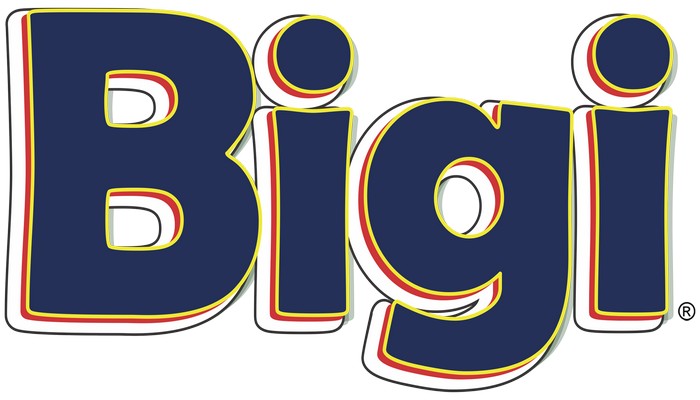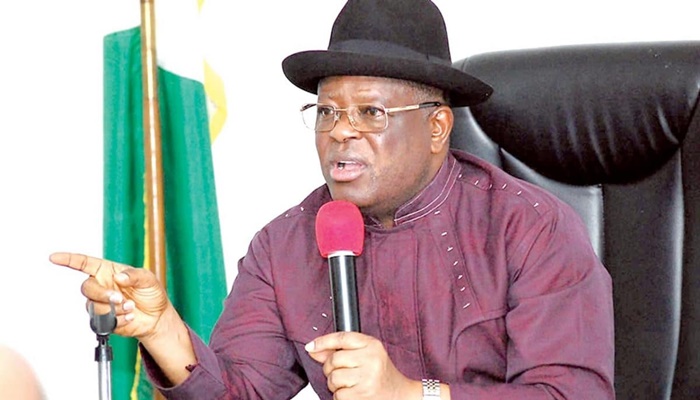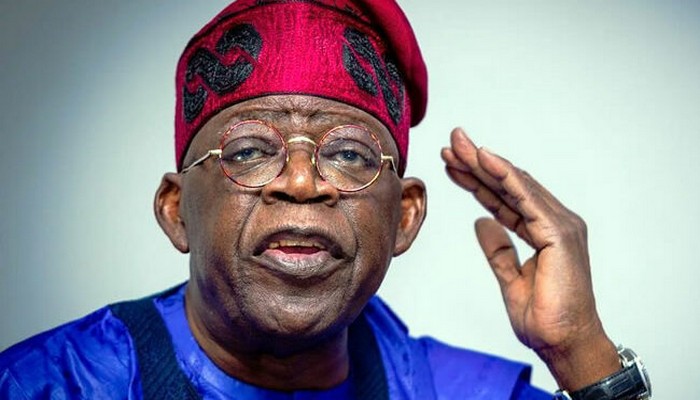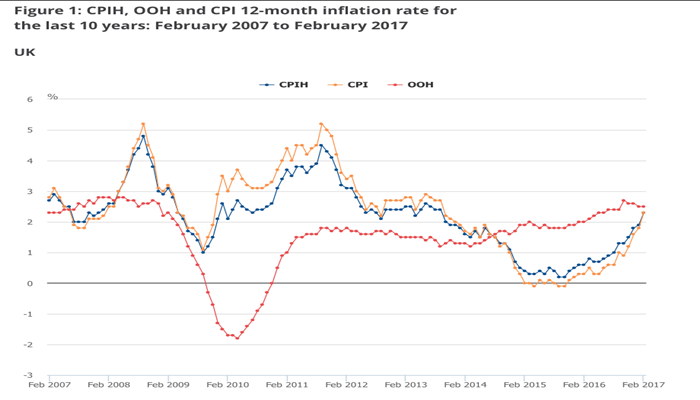• highest in more than 3 years as Brexit bites harder
UK inflation surged once again in February, hitting 2.3 per cent and passing the Bank of England’s 2 per cent for the first time in more than three years, according to the latest data released by the Office for National Statistics on Tuesday.
The ONS said that the UK’s consumer price index — the key measure of inflation — was 2.3 per cent, up from 1.8 per cent in January.
That was actually a bigger rise than economists polled before the release expected. The forecast had been for a 2.1 per cent headline reading.
Core inflation figures, which strip out volatile goods like oil and food, also rose, climbing from 1.6 per cent in January to 2 per cent in February, ahead of the 1.8 per cent forecast.
CPIH — which includes CPI and owner occupiers housing costs — also hit 2.3 per cent in the month, up from 1.9 per cent in January. From this month, the ONS is including extended commentary on CPIH in its CPI releases, as it believes the reading is a more accurate gauge of price changes.
“Inflation has risen to its highest rate for almost three and a half years with price increases seen across a range of items but with food and fuel having the largest impact,” ONS Deputy National Statistician Jonathan Athow said in an emailed statement.
Here is the chart showing Tuesday’s figures as part of the 10-year trend:
Despite increasing and surpassing the Bank of England’s official 2 per cent target, inflation remains roughly in line with the long-term trend — as the chart shows, inflation was more than 5m per cent as recently as 2011.
Here is the ONS’ breakdown by sector:
“The largest upward effect came from transport. Within this category, prices for motor fuels made the largest contribution, with prices increasing by 1.2 per cent between January and February 2017. Fuel prices tend to reflect movements in global oil prices and part of the increase in oil prices during 2016 to date can be explained by depreciation of sterling against the US dollar.”
“The jump in CPI inflation in February to its highest rate since September 2013 shows that the import price shock is hitting the economy much sooner than the MPC expected,” Samuel Tombs of Pantheon Macroeconomics said in an emailed statement.
Prior to the Brexit vote, inflation stayed between -0.1 per cent and 0.1 per cent for 10 months due to a collapse in oil prices and a supermarket price war that led to slashed prices.
Prices started to pick up following the Bank of England’s decision to cut interest rates in the aftermath of the UK’s vote to leave the European Union, and the fall in the value of the pound.
Expectations remain that inflation will continue to jump sharply in the coming months as the effects of the weaker pound — which has fallen roughly 19 per cent since the Brexit vote — trickle into the real economy, pushing up the price of goods.
As a result, the Bank of England has said that it is willing to tolerate an overshoot in inflation beyond its 2 per cent target over the coming months in order to protect jobs.
The Old Lady of Threadneedle street expects inflation to hit 2.8 per cent by the end of 2017, while some economists have forecast price growth as high as 4 per cent.
“Over the next few years, a consequence of weaker sterling is that the higher imported costs resulting from it will boost consumer prices and cause inflation to overshoot the 2% target. This effect is already becoming evident in the data,” the central bank said earlier in February at the release of its first Inflation Report of 2017. Britain is “very likely” to see “further substantial increases” in inflation “over the coming months,” the bank continued.
Business Insider UK






































